Poppies decorate Molyneux Estate street signs
Alexia Anderson
10 November 2023, 4:30 PM
 Weaver Close is one of five street signs to receive the poppy symbol in Alexandra. PHOTO: Central App
Weaver Close is one of five street signs to receive the poppy symbol in Alexandra. PHOTO: Central AppPoppies are starting to adorn street signs in Alexandra, commemorating ex-servicemen who had links to the area.
The first of the signs will be unveiled during today’s Armistice Day memorial service, which will take place at 11am on Weaver Close, in Molyneux Estate, instead of the town’s cenotaph.
Weaver Close is one of five streets in the area to feature the poppy emblem, marking the start of the Alexandra Poppy Places project, an initiative led by Alexandra-Clyde RSA and supported by the Central Otago District Council (CODC).
The poppies are placed on streets named in memory of Central Otago servicemen, which also includes Stevens Way, Tohill Court, Walker Place and Kinnaird Close.
Those streets represent Private Rex Joseph Stevens, Private Hugh Augustus Tohill, Trooper Charles Leslie Weaver, Sergeant John Weaver, Trooper Peter Weaver, Lance Corporal Reginald William Walker and Private James Kinnaird.
Alexandra RSA executive member Paul Galloway said the project had been a work in progress since about April, after learning about the Poppy Places Trust.
“I thought that would be a really cool thing to do and made a submission to the council that we did it in partnership.”
He said the RSA identifies the streets and places that fit the criteria, ensuring it has a link to the military service, while the CODC funds and provides the new road sign and does the installation.
Research is a big part of the process, something Jo Mullenger and Mark Davies had been an integral part of, Paul said.
He said it had taken a lot of time and effort, but playing to each other’s strengths had helped.
Today’s ceremony, which will take about 30 minutes, will include firing of the 25 pounder near the ice skating rink and vehicle access to Weaver Close will be closed from 10.30am to 11.30am.
All other streets will be accessible as normal.
People are asked to be gathered by 10.45am in time for an 11am start.
Here’s a look at who the five Alexandra Poppy Places are linked to:

Lance Corporal Reginald William Walker 16876, War Medal 1939 -1945 & New Zealand
War Service Medal. 2nd New Zealand Expeditionary Force (WW2).
A local Alexandra man, Reginald William Walker (16/06/1918 - 28/11/43) was a dredge hand before he enlisted in the Army.
He was one of two brothers who volunteered for active service with the 2nd New Zealand Division. Walker, who held the rank of Lance Corporal, was a member of 16 Platoon D Company, 23rd Battalion during the Italian campaign of 1943.
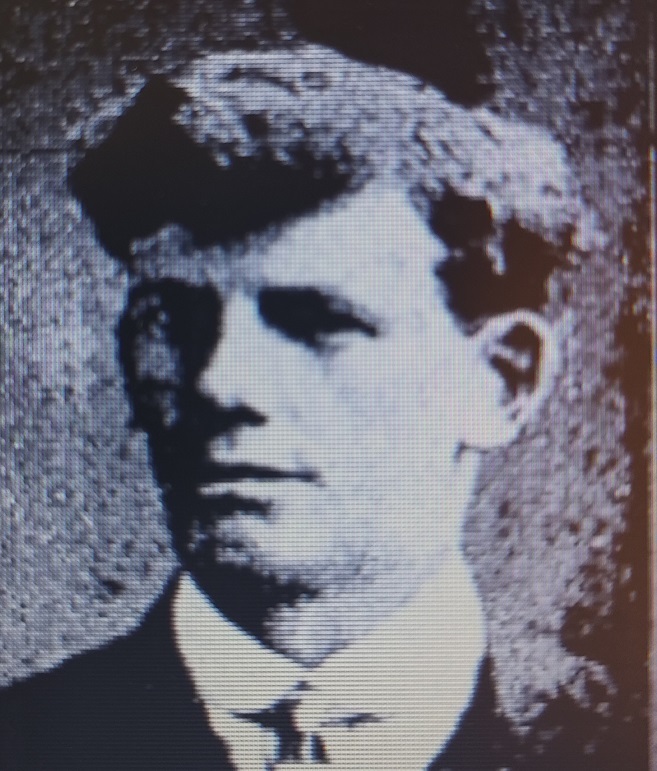
Private Hugh Augustus Tohill 39359, Victory Medal & British War Medal 1914 -1920.
New Zealand Expeditionary Force (WW1).
Hugh Augustus Tohill (23/10/1892 - 25/07/1918) was born and raised in Alexandra, where he attended the local District School along with his three brothers Daniel, Edmund and John.
Hugh became well known in the district for his prowess on the football field.
On October 6, 1916, Hugh enlisted, joining the 22nd Reinforcements.
He left New Zealand on February 16, 1917, aboard the Troopship Aparima bound for the Western Front.
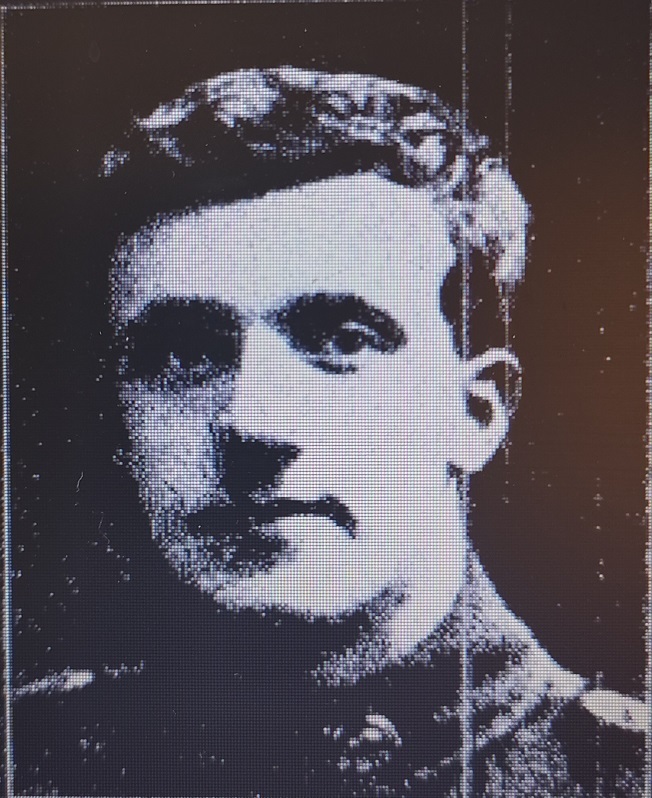
Private James Kinnaird 8/2638, Victory Medal & British War Medal 1914 - 1920.
New Zealand Expeditionary Force (WW1).
A resident of Earnscleugh, James Kinnaird (29/06/1893 - 27/09/1916) was an orchardist before he enlisted in the Army.
Joining the 6th Reinforcements, he left New Zealand on the 14th of August 1915 aboard the
troopship Willochra, bound for Egypt; a staging post for the Dardanelles.
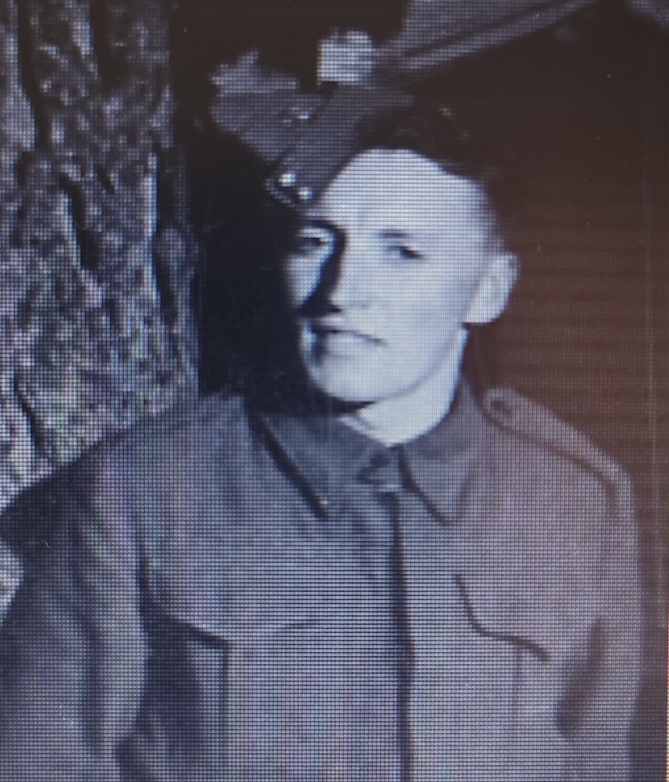
Rex Stevens (05/08/1921 - 06 /02/ 2012) was employed as a printer for the local newspaper.
Like so many others eager to do their bit, Stevens joined the Territorial Army, reporting to Burnham Military Camp on the 8th July 1941.
In a 2005 interview for the Central Otago News, he described what happened next: “ {I} was shipped out to Egypt to train before joining the Allies in Italy just before the fall of Monte Cassino” (CO News 21/04/2005).
Private Stevens served in the 23rd Battalion, 2nd NZ Division.
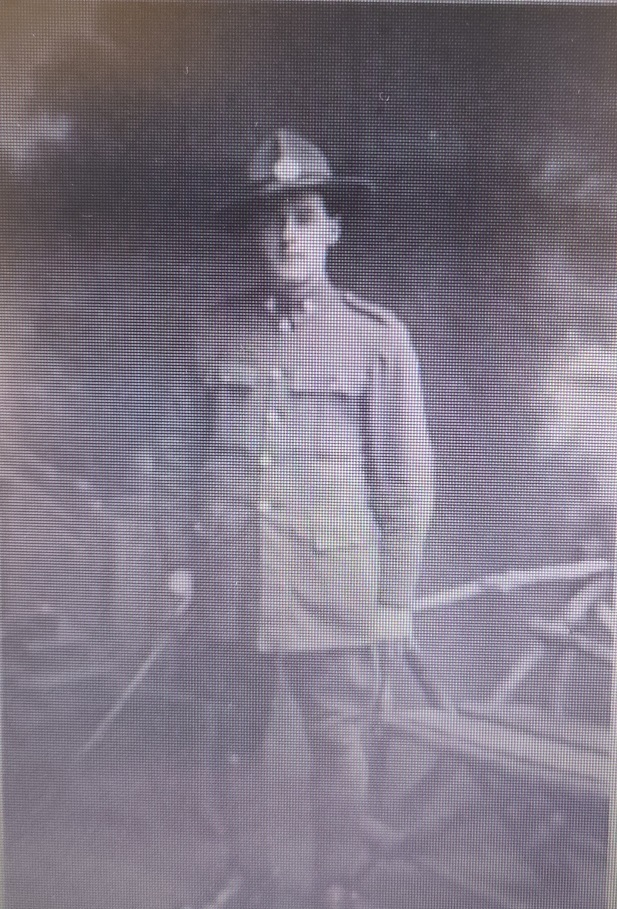
Charles Leslie Weaver (known as Leslie) 9/890 served first as a Trooper in the Otago Mounted Rifles and then as a driver and gunner in the 3rd Battalion of the New Zealand Divisional Artillery Column.
He saw action in Egypt, the Balkans and on the Western Front.
Leslie Weaver was born in Clyde on the 9th Aug 1893 and was the third son of five, plus two sisters.
His family’s establishment in the district followed a familiar pattern for the times.
His grandfather came over from the Victorian goldfields when his father, Patrick, was a child and the family moved from gold mining to dredging and finally into orcharding.
Leslie states his occupation as fruit-grower in his enlistment papers.
Also of interest in these papers is the fact that he had done some compulsory military service with the Dunedin City Guard.
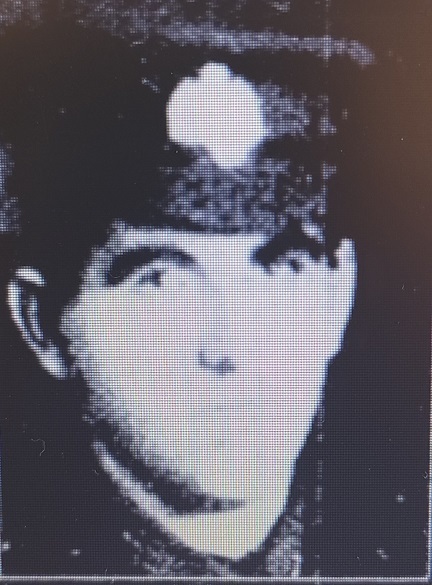
Sergeant John Weaver 9/461. Distinguished Conduct Medal, Victory Medal, British War Medal 1914 -1920 & Meritorious Service Medal. New Zealand Expeditionary Force (WW1).
A fruit grower from Clyde, in August 1914 at the outbreak of war John (24/08/1891 - 6/06/1945) volunteered for service in the Otago Mounted Rifles.
After basic training, on the 22nd September John was shipped abroad with the rest of the first wave of volunteers, the ‘main body’ men.
First to Egypt for acclimatisation for both man and horse, then on to Gallipoli minus their horses in May 1915, as the Allied losses exponentially increased.
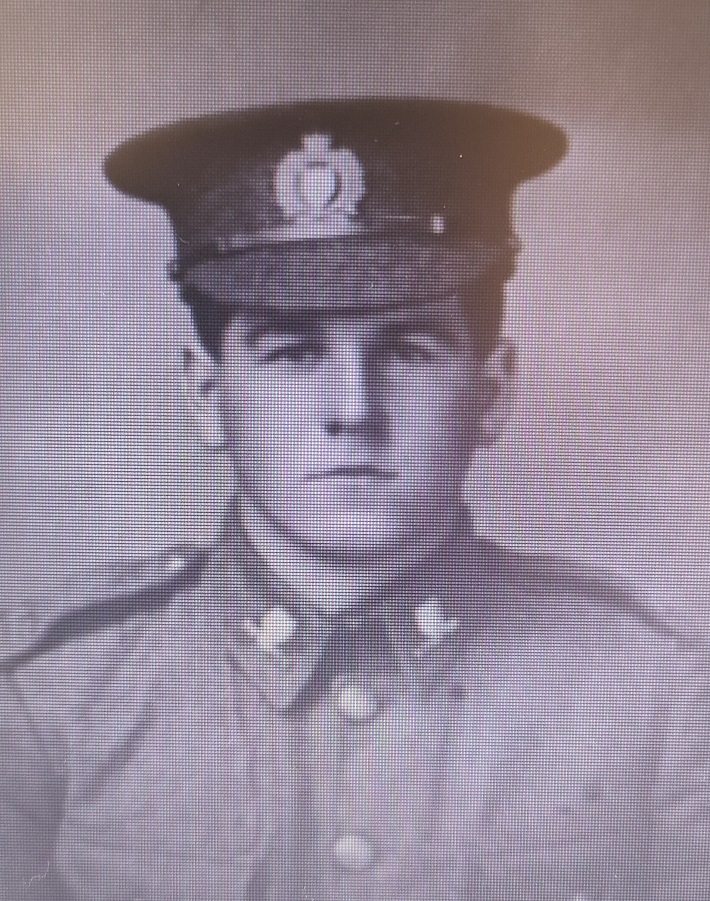
Trooper Peter Weaver 9/1747, Distinguished Conduct Medal, Victory Medal & British War Medal 1914 -1920. New Zealand Expeditionary Force (WW1).
An orchardist from Clyde, Peter Weaver (24/06/1895 - 13/09/1919) was 20 years old when he enlisted in the Army on August 24, 1915.
Attached to the 8th reinforcements, Weaver sailed for Egypt on November 13 that year. Arriving post Gallipoli, Weaver was originally assigned to the Otago Mounted Regiment
(OMR), shortly afterwards he was transferred to the N.Z. Pioneer Battalion and sent to France.
In July 1917 he was moved again to his preferred choice: a trooper in the OMR.
There is some evidence that the influence of his elder brother John (Weaver 9/461), a Non Commissioned Officer (NCO) in the OMR assisted in the process.
Learn more about Poppy Places

NEWS








